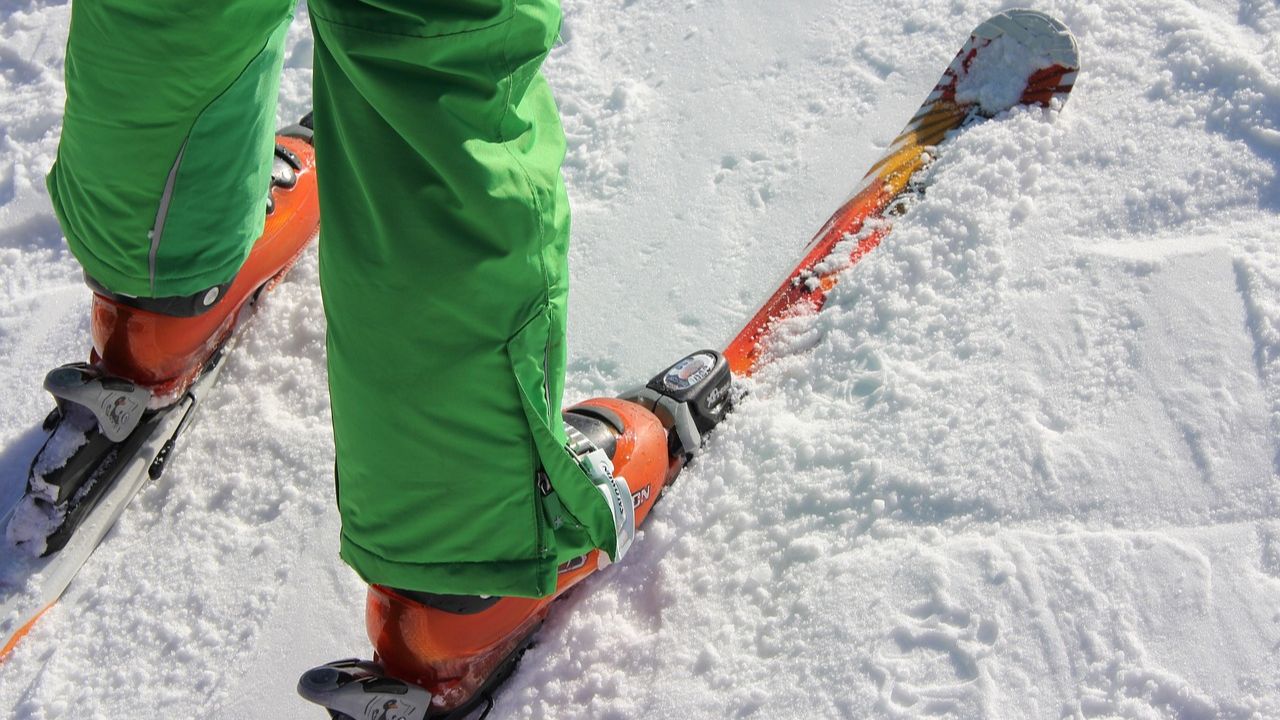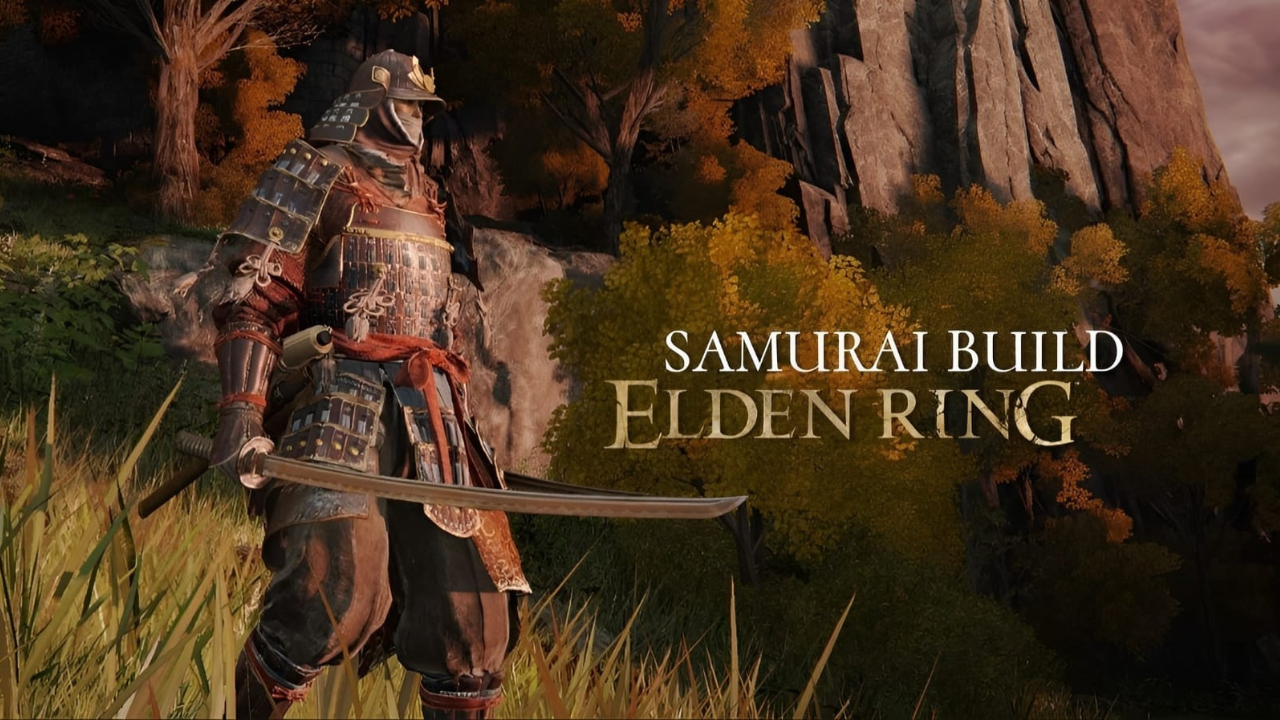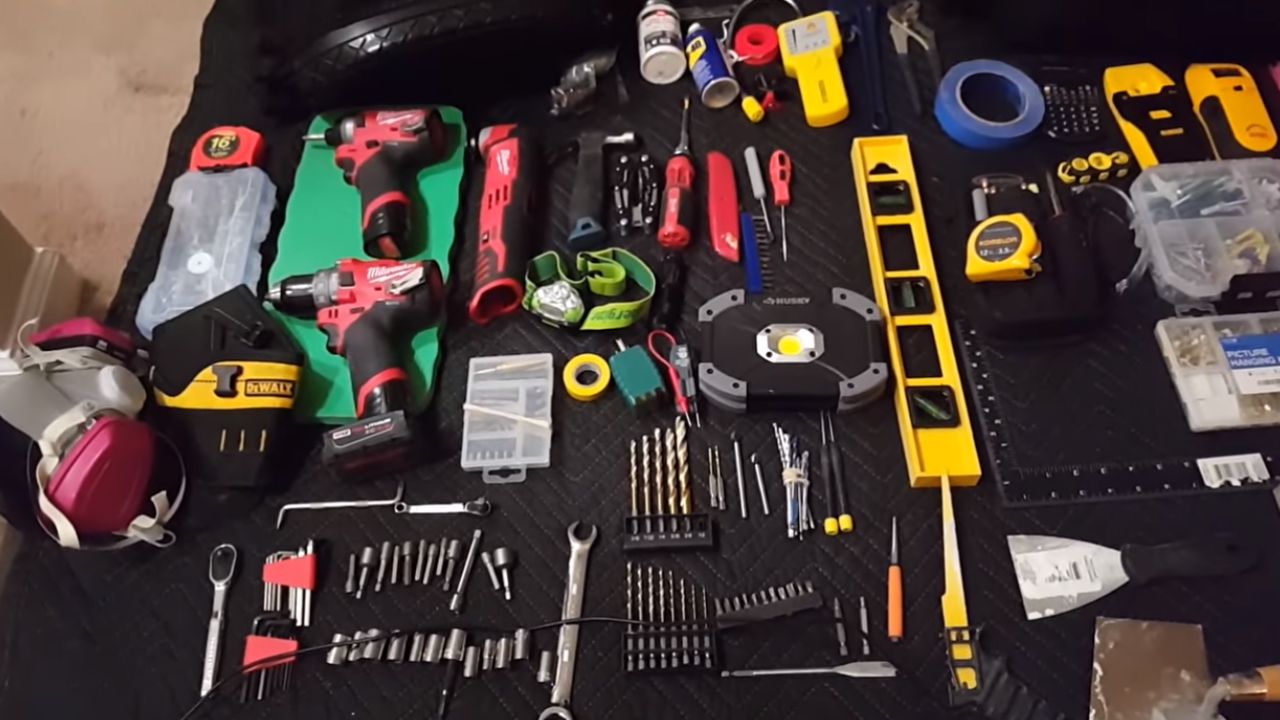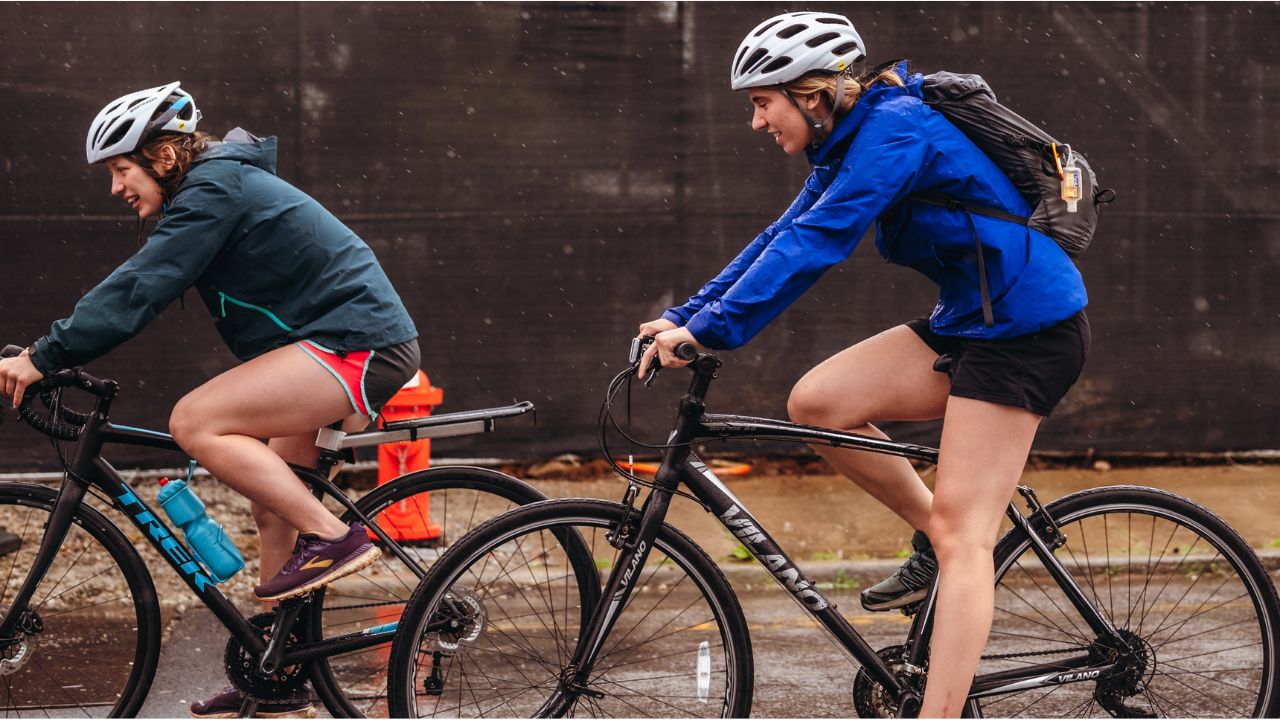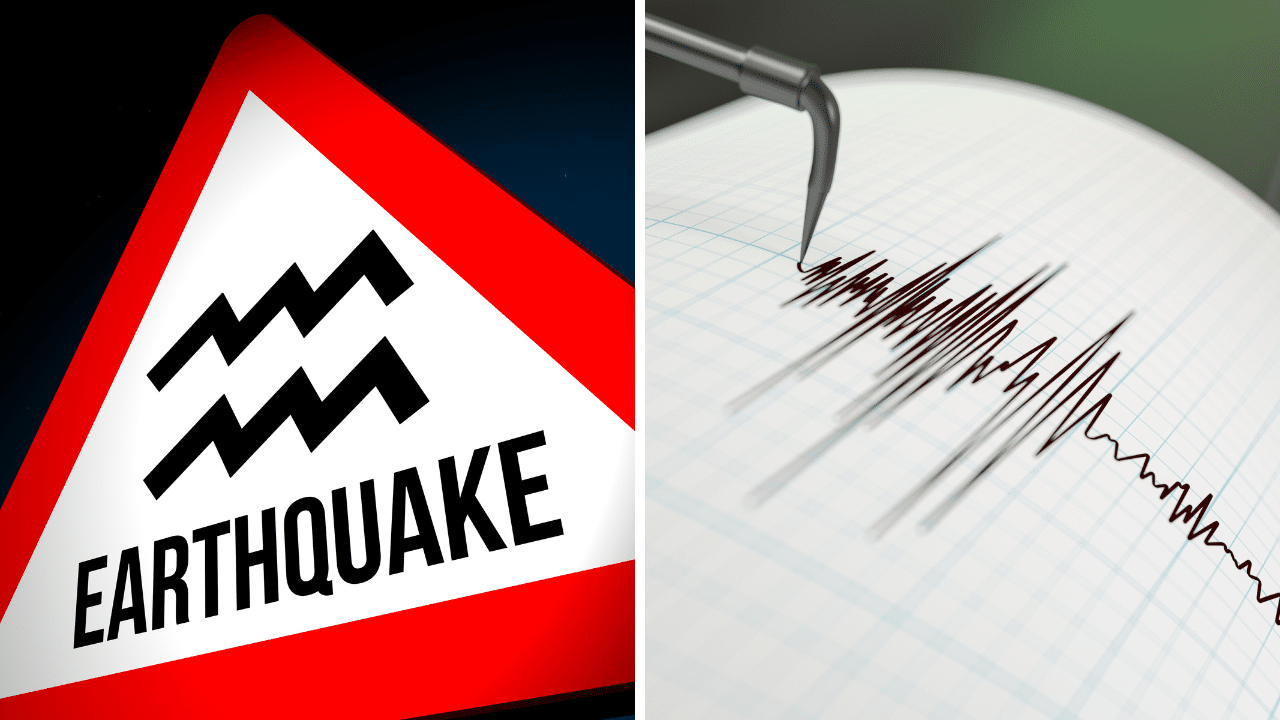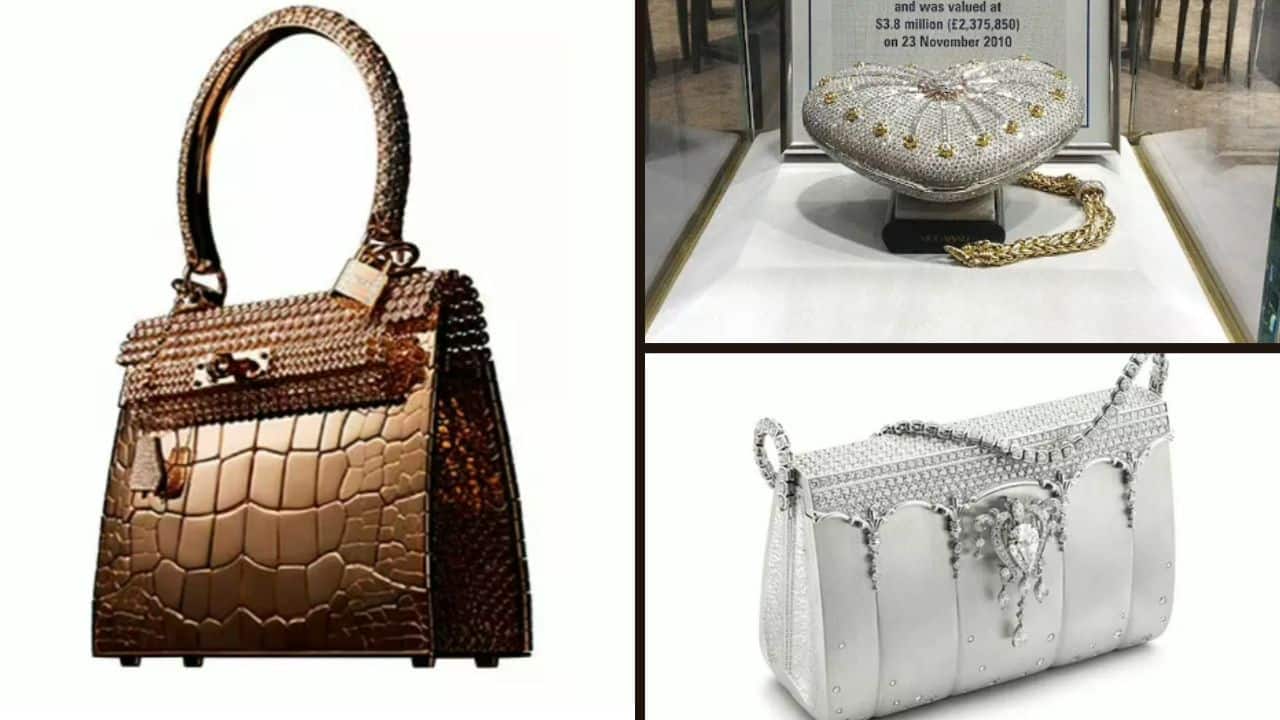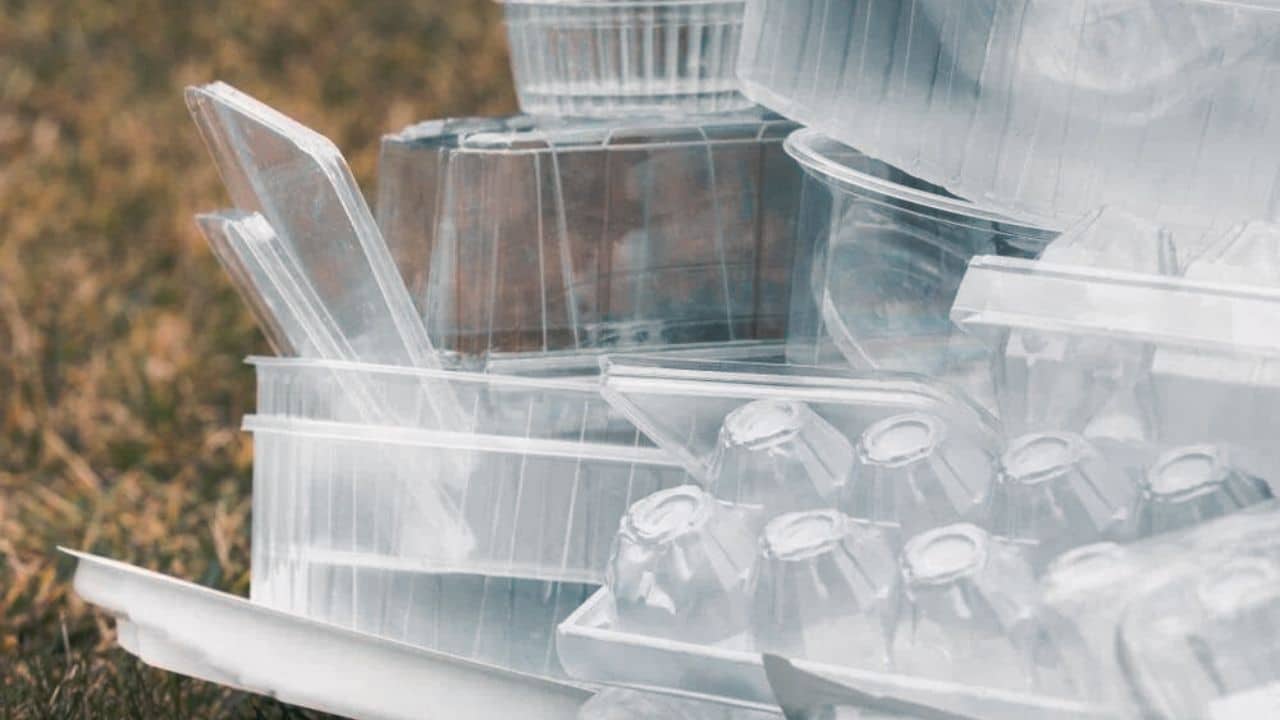Hiking through deep snow can be challenging. With regular snow boots or shoes, you can struggle with every step and easily sink, leaving you wondering why you did not choose a cosy afternoon indoors instead.
You might wonder if there’s a better way to boost your snowshoeing adventure. Luckily, snowshoes men, women and kids products offer a better way to remain afloat as you explore the winter scenery.
Snowshoes are a special footwear piece that helps distribute your weight equally, allowing you to remain afloat throughout your winter adventure. They are perfect for a vast array of winter activities and sports, such as:
- Trail walking
- Running
- Backcountry Exploring
- Hiking
In this comprehensive guide, you’ll discover different types of snowshoes and learn how to find the right size. Let’s go through the following sections to unearth more.
Three Types of Snowshoes
Different types of snowshoes are available based on the purpose they’re used for. They include the following:
Recreational Snowshoes
If you’re a beginner or an occasional hiker, recreational snowshoes are ideal for you. They’re recommended for moderate hiking trails, flat terrain, and gently rolling hills. They aren’t recommended for going into the backcountry or steep terrain. Rolling terrain snowshoes are perfect for moderate slopes.
In terms of how they’re designed and built, they are shorter compared to their backcountry counterparts since a lot of flotation isn’t required on moderately flat terrain. One feature that makes them unique from other types is their improved snowshoe traction.
Backcountry Snowshoes
If you’re after memorable winter adventures, go for backcountry snowshoes. They’re designed and created for excellent off-trail performance. They’re recommended for climbing steep slopes or rolling terrain and when you’re heading out in deep powder snow.
Also, they can be a perfect match for individuals planning to spend an extended period of time on mountain terrain generally. These snowshoes remain afloat efficiently and have excellent traction. With these key features, backcountry snowshoes can excellently deal with different snow conditions, including icy and steep terrain.
Running Snowshoes
Running snowshoes are perfect for fitness enthusiasts. If running is one of your favourite things and you want to be on top of your fitness during winter, running snowshoes is a perfect choice. When it comes to design and build, these snowshoes take advantage of lightweight materials and feature trimmed frames that allow for speed than flotation.
They’re recommended for racing because of their less weight and smaller size. Also, they come with a special traction that keeps users moving. However, most running snowshoes aren’t ideal for powdery snow. They perform excellently on fresh snow.
Snowshoe Materials and Weight
Regarding snowshoe weight, you need to know that it all depends on the material type. Three material types are used to make snowshoe frames and decking that determine their weight and strength. Let’s discover what these materials are:
- EVA form snowshoes: EVA foam snowshoes are made with two foam layers, unlike their hard plastic or aluminum counterparts. They have a softer element on top that perfectly absorbs shock. Also, they have a firmer layer at the bottom, offering much-needed toughness. The material is excellent for durability and perfect for newbies.
- Aluminium snowshoes: Some individuals opt for traditional aluminum snowshoe frames instead of wooden ones. These snowshoes are functional and feature a strong frame that safeguards them from different trail hazards. Aluminum snowshoes feature a decking made from strong nylon. This ensures that snowshoe users can comfortably cover long distances.
- Strong plastic snowshoes: Plastic or composite decking is affordable, and that is their main advantage. They’re more affordable than Aluminium and incorporate excellent traction on their sides. On the other hand, plastic snowshoes feature a louder heel effect, and they’re also susceptible to damage.
When you’re picking snowshoes, you not only consider the materials and types, but you also need to look out for extras such as:
- Snowshoe side rails and crampons
- Flotation tails
- Heel lift bars
While it might sound needless to get into all this trouble to find the perfect snowshoes for your next winter adventure, you’ll appreciate the benefits it offers. You need to understand that snowshoes with the right size, fit and material, as well as matching snow and winter conditions, aren’t an option but a requirement. Get the right snowshoe equipment to take your adventure to a higher level.

